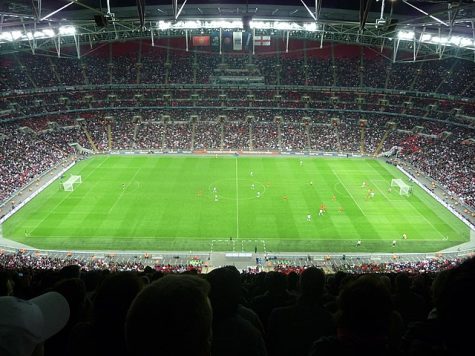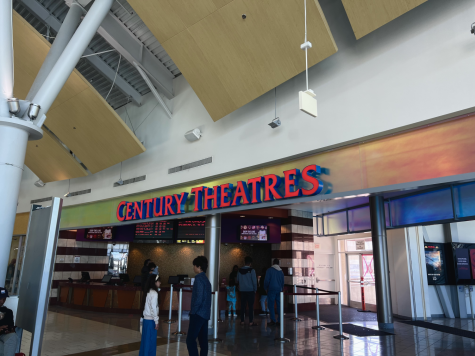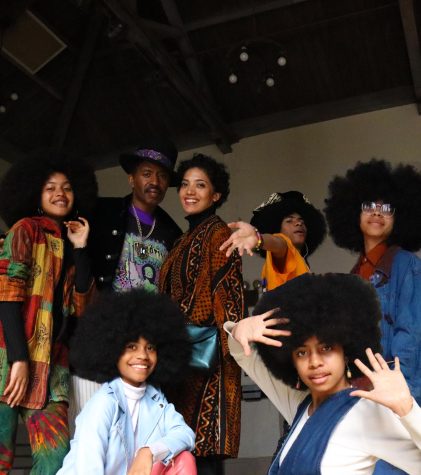Green is good
If you think some of the buildings on campus need a tune-up, don’t be surprised. District and campus officials have the same thing on their minds. In fact, we will soon be seeing some top of the line new structures go up at Skyline, all outfitted in the newest and most energy-efficient technology.
As the college gets ready to break ground on a slew of new buildings, district officials are eagerly anticipating ways to make the structures as energy-efficient as possible.
“Energy-efficiency is going to be a high priority,” said Josh Fullerton, district energy management coordinator. “As well as providing a really comfortable and high-performing environment for our students, faculty and staff.”
Let’s face it: Global warming is here to stay. With California’s drought turning parts of the state into arid wastelands, it has never been more important for builders and developers to take care of the environment, even if it means spending more money.
That is why Fullerton and the district are prepared to go the extra mile. Construction is still in its early planning phase, but there is a vision for the campus that is unlikely to change. Instead of the dark and cloistered rooms of some of Skyline’s older buildings, classrooms in the new campus structures will be flooded with natural light year-round. There will be lecture halls that control temperature automatically, which is a lot more efficient than the older system, which allows one setting to accommodate all audiences, large or small.
The dividends from these changes may seem small at first. However, as time goes on, the greater gains will become clear. Skyline’s electricity use will decrease. There will be less pollution entering local waterways from the campus building network. In addition to environmental rewards, the buildings themselves should prove more durable with the added measures being taken to ensure sustainability.
“In theory, these buildings should last a lot longer than the ones they are replacing,” said Bruce Greenstein, a Skyline environmental science professor.
Greenstein has been heavily involved in the planning stages of the buildings’ construction. He has big ambitions for what he hopes will be a vibrant, sustainable network of hi-tech buildings.
The buildings themselves will not only be clean and green, he says, but the construction work that goes into building them will help bolster the local economy by hiring only local laborers and contractors. The district is seeking a more integrated labor model than other projects in the Bay Area have previously pursued. There will be collaboration, dialogue, and codependence among the workers, if Greenstein has any say in the matter.
“The contractor needs to speak to the HVAC (heating, ventilating, and air conditioning) guy, and the HVAC person needs to speak to the controls person,” Greenstein said. “So we have all this integrated management, where the contractors and subcontractors are working together as a whole team, rather than as individual components.”
Skyline and the district are determined to rely on vibrant teamwork — sustainable, cooperative, and efficient — to get the project done the way it is currently being envisioned.
The challenge will come when Skyline tries to meet, and excel, the high national standards for excellence. The goal is to achieve the Gold Standard set by the U.S. Green Building Council, the most important test of a building’s overall efficiency.
This is a high priority for both the district and the college. According to Greenstein, achieving that goal depends on more than just regulating consumption and monitoring what materials go into the makeup of a building.
“There’s things beyond just energy that we’re also doing,” Greenstein said. “Humans naturally thrive when there is good natural light and ventilation, so that’s a big part of these buildings.”
Greenstein is visibly enthusiastic as he describes the new buildings’ “systems approach.” As they learn to rely on a complex network of sensors and data points, the new buildings will have, quite literally, minds of their own. As you walk into a lecture hall, the hall itself will sense how many people are in the room, what the outside temperature is like on that day, and what sort of activity is happening in the room. It will then calibrate the heating and cooling to the needs it identifies.
“This is really what has changed a lot, which is how we get monitoring and feedback loops from the systems,” Greenstein said. “The rooms will be ‘smart’ systems.”
“It’s great for our carbon footprint,” said Joan Connolly, who graduated from Greenstein’s environmental science program and is now involved in marketing outreach for the new projects.
Although the construction work has strong support at this early stage from many of those who are directly involved, there are critics elsewhere who point to flaws in the design. For example, with so much wind blowing through campus, why isn’t the college planning to make greater use of wind power?
“The area they’re paving over to be a parking lot could be used as a wind-farm,” Skyline student Nick Stephenson said. His father used to work on the grounds crew for the college.
“You could sell power back to the city,” he said.
The construction process has not gotten underway yet, so there is still time to incorporate new ideas into the design. The district, which secured partial funding for the work last year, has yet to even hire an architect.
Nevertheless, students and residents in the district will ultimately see their tax and tuition dollars go toward building sustainable, green structures at Skyline. These exciting projects, with their hi-tech energy-efficient devices, will soon enable everyone from students and taxpayers, to laborers, politicians, and district personnel, to feel good about their contributions. In a difficult time with much uncertainty about the environment, Skyline is contributing toward a more sustainable future for the state.







